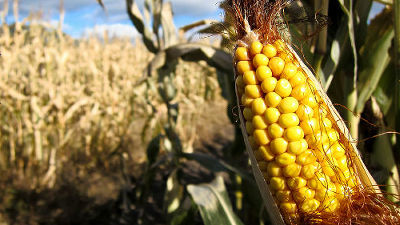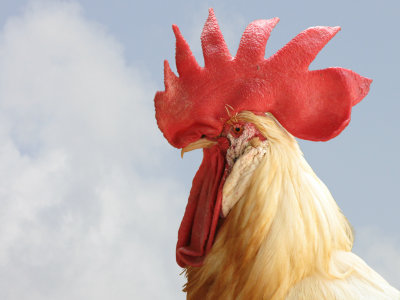The possibility that giant corn that emits sticky mucus will change the world's agriculture

In some parts of Mexico, corn varieties are known to grow up to 16 to 20 feet tall, and the mucilage from the roots of this corn feeds on chemical fertilizers. It is expected to greatly change the cultivation method of conventional grains used.
Corn grown in Totontepec , southern Mexico, grows well above the typical corn height of 8 feet (about 2.4 m) to 10 feet (about 3 m), up to 20 feet.

This corn is characterized by a sticky mucilage that is exuded from its roots several meters above the ground.

This corn has been treasured by local farmers for centuries in Totóntepec, southern Mexico.

Mr. Trentino Ortega Rivera, who works as a local corn farmer, said, ``I started growing this corn when I was 13 years old. ” says. ``I don't know what the mucus from the root is or why it oozes out, but for us, this corn is very important.''

However, rumors of corn that emits mucus have reached the ears of scientists, and Howard Yana Shapiro also heard that there is a huge corn that emits mucus. Mr. Shapiro, who went to the field, looked back at this corn and said, 'I doubted my eyes because it was like a myth.'

According to Mr. Shapiro, who observed the corn,

'

Nitrogen is essential for the growth of all plants and plays a role as a major building block of proteins and chlorophyll in plants.
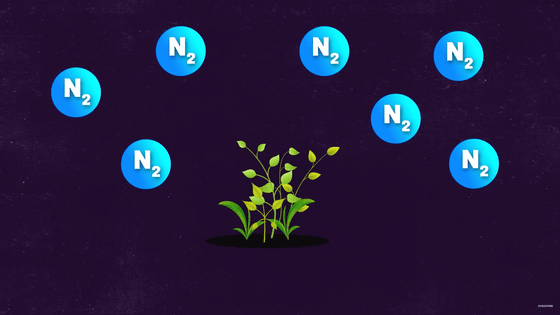
However, although nitrogen is abundant in the air, it is difficult to use as it is, and it is necessary to convert it into other highly reactive nitrogen compounds such as

Except for some leguminous plants that live in symbiosis with
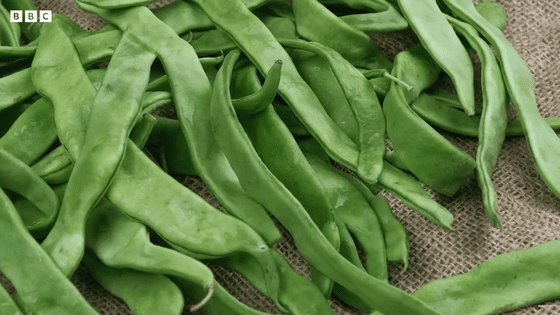
Grains such as corn, wheat, rice and millet are grown in many parts of the world, but none of them can fix nitrogen on its own. Therefore, chemical fertilizers containing a lot of nitrogen are sprayed in large quantities to nourish the grains and increase the yield.

However, even if chemical fertilizers are applied, many plants can only take in about half of them, and the remaining chemical fertilizers pollute water sources, causing
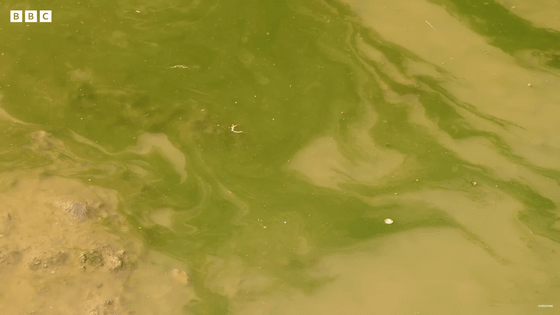
In addition, it has been pointed out that economically poor countries may not be able to purchase chemical fertilizers, resulting in food shortages. Therefore, the realization of agriculture that can solve problems such as food shortages without using chemical fertilizers is desired.

The nitrogen-fixing corn found in Mexico was called 'Oroton' and was kept secret among locals for centuries.
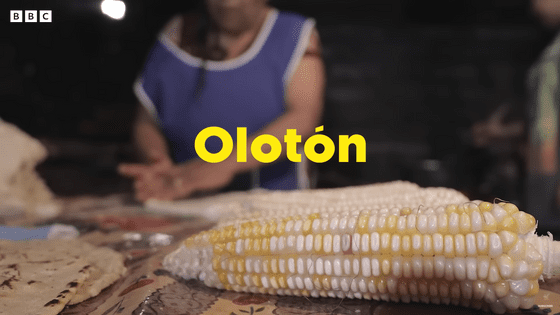
So Mr. Shapiro conducted research on Oroton with the cooperation of the local community of Totontepec.
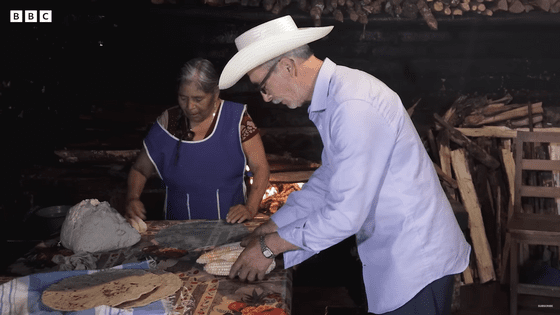
As a result of joint research with scientists living in Mexico and residents of Totontepec, it was found that the mucus contains a large amount of

The mucus creates an
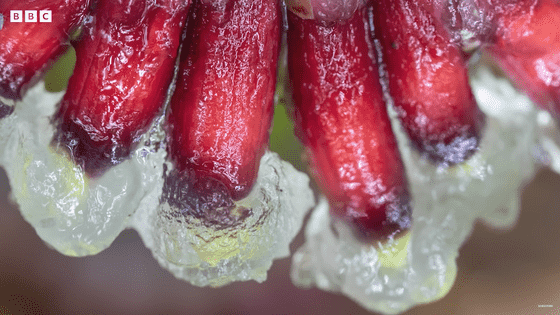
Through the action of mucilage and nitrogen-fixing bacteria, this corn is said to be able to take up to 80% of the nitrogen it needs to grow directly from the air.
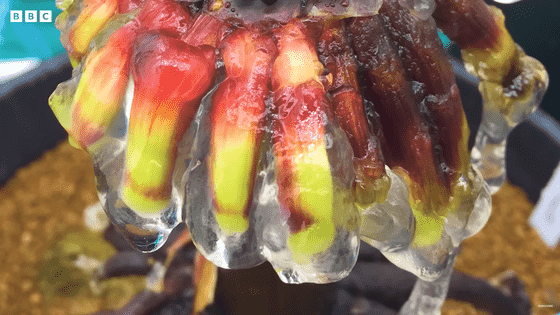
On the other hand, since Mr. Shapiro's discovery, voices claiming corn rights such as 'Who has the right to this corn?'

Maria Julia Oliva of the Ethical Union for the Trade of Biological Materials (UEBT) calls such statements '

Oliva said Oroton would have to agree with the local community before studying the corn, and if it were to go commercial, it would have to agree to share some of the profits with the local community.

The agreement stipulates that the company must pay half a royalty for each corn seed sold to the local community.
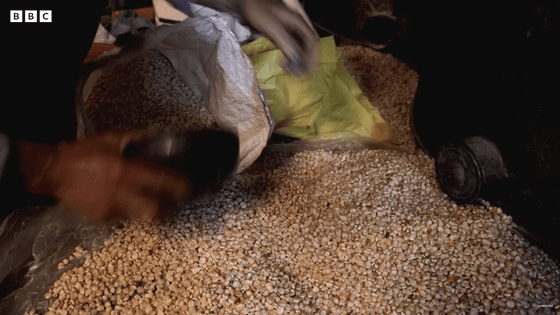
Allen Van Deines of

As the next research, we are crossing this corn with other cultivars to develop a new corn cultivar that can fix nitrogen.
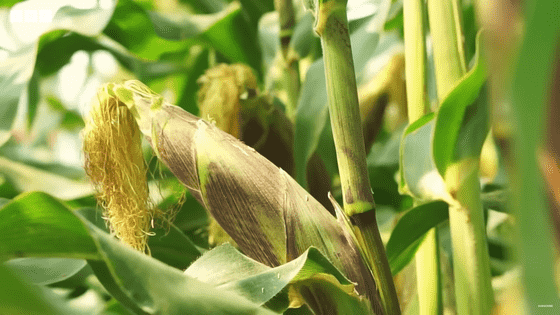
As a result of research and development by various companies, it has been reported that they succeeded in halving the time required for cultivation and fixed about 40% of nitrogen in the air.
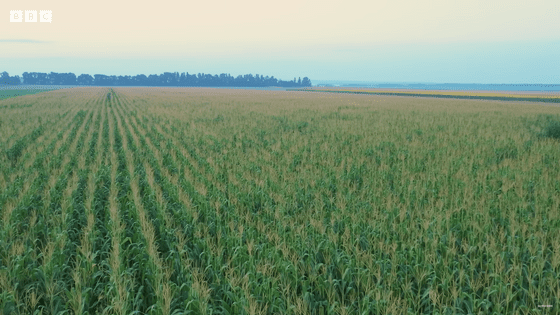
Furthermore, it is suggested that in the future, research may be conducted not only on corn, which can fix nitrogen, but also on rice, wheat, millet, etc., which can fix nitrogen.
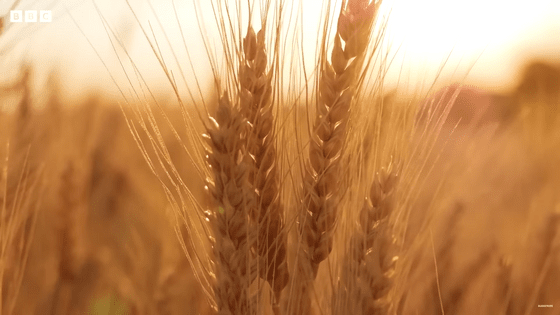
In addition, the development of nitrogen-fixing grains is expected to reduce the amount of chemical fertilizers used, and the possibility of new grain cultivation is expected.

Related Posts:

